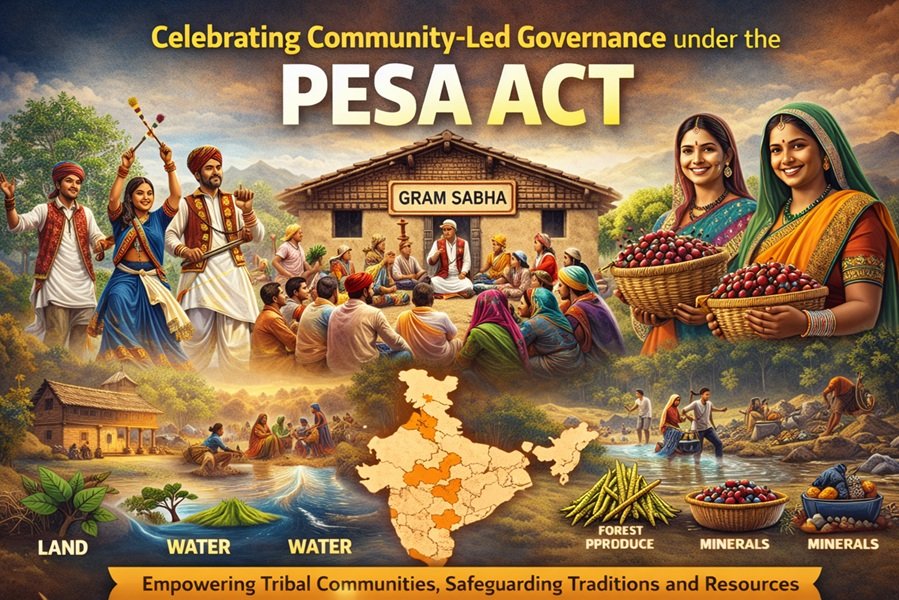
The Indian Constitution stands as a symbol of justice, equality, and inclusivity. Among its many progressive provisions, Article 17 holds a unique place, as it directly addresses one of the most inhumane practices rooted in India’s history: untouchability. By abolishing untouchability, Article 17 aims to eradicate caste-based discrimination and promote social harmony.
The Text of Article 17
Article 17 of the Indian Constitution states:
“Untouchability is abolished and its practice in any form is forbidden. The enforcement of any disability arising out of untouchability shall be an offense punishable in accordance with law.”
This brief yet powerful provision underscores the commitment of the Constitution to uphold human dignity and ensure equality for all citizens.
Key Features of Article 17
- Abolition of Untouchability: Article 17 abolishes the practice of untouchability in all its forms. This means that no person can be subjected to any social disability on the basis of caste.
- Prohibition of Disabilities: It explicitly prohibits the enforcement of any disability arising from untouchability, ensuring equal access to public spaces and resources.
- Punitive Provisions: The article mandates that any violation of its provisions will be treated as an offense punishable by law. This ensures that the abolition is not merely symbolic but has enforceable consequences.
Historical Context
Untouchability, a deeply ingrained social practice, was a manifestation of the rigid caste system in India. People categorized as “untouchables” (now referred to as Dalits) faced severe social exclusion and were denied access to basic rights and opportunities. Leaders like Mahatma Gandhi and Dr. B.R. Ambedkar strongly opposed this practice, advocating for its abolition to ensure social justice and equality.
The inclusion of Article 17 in the Constitution reflects the collective resolve of the framers to eliminate caste-based discrimination and promote the dignity of every individual.
Legal Measures to Enforce Article 17
To give effect to Article 17, the Parliament enacted specific laws to combat untouchability and its associated practices. The most notable among these are:
1. Protection of Civil Rights Act, 1955
Originally known as the Untouchability (Offenses) Act, 1955, this law was enacted to provide a legal framework for the implementation of Article 17. Key provisions include:
- Prohibition of the refusal to admit persons to public institutions, such as schools, hospitals, and temples.
- Penalties for denying access to shops, public restaurants, hotels, and places of public entertainment.
- Punishments for compelling a person to abstain from religious practices.
2. Scheduled Castes and Scheduled Tribes (Prevention of Atrocities) Act, 1989
This act was introduced to address violent and oppressive acts against Dalits and tribal communities. It includes provisions to:
- Prevent social and economic exploitation.
- Provide special courts for speedy trial of offenses.
- Offer rehabilitation and protection for victims.
Judicial Interpretation and Landmark Cases
The judiciary has played a pivotal role in reinforcing the principles of Article 17 through its interpretations and judgments. Some key cases include:
State of Karnataka v. Appa Balu Ingale (1993)
The Supreme Court held that the practice of untouchability is a disgrace to human dignity and any violation of Article 17 would attract stringent legal action. It emphasized the importance of sensitizing society to eliminate such practices.
P. Rathinam v. Union of India (1994)
This case highlighted the need for comprehensive measures to address untouchability and emphasized that the Constitution’s commitment to social justice must translate into tangible actions.
Lata Singh v. State of Uttar Pradesh (2006)
The Court addressed caste-based discrimination in inter-caste marriages and reinforced the constitutional guarantee of equality and dignity, indirectly reinforcing the principles of Article 17.
Challenges in Implementation
Despite its constitutional and legal backing, the complete eradication of untouchability remains a challenge due to:
- Deep-Rooted Social Practices: Centuries of caste-based prejudices and practices make the transition to an egalitarian society slow and difficult.
- Lack of Awareness: Many citizens, especially in rural areas, remain unaware of their rights under Article 17 and related laws.
- Ineffective Enforcement: Administrative inefficiencies, lack of political will, and societal pressures often hinder the effective enforcement of anti-untouchability laws.
- Continued Discrimination: Instances of caste-based violence, social ostracism, and denial of access to resources highlight the persistence of untouchability in various forms.
Steps Toward Eradicating Untouchability
To realize the vision of Article 17, comprehensive and sustained efforts are required:
- Education and Awareness: Promoting awareness about constitutional rights and legal protections among marginalized communities is crucial.
- Strict Enforcement of Laws: Strengthening the implementation of the Protection of Civil Rights Act and the Prevention of Atrocities Act can act as a deterrent against violations.
- Empowerment of Marginalized Communities: Ensuring access to education, employment, and political representation can uplift Dalits and other marginalized groups.
- Social Reforms: Civil society, religious leaders, and community organizations must work together to challenge and change regressive social norms.
Conclusion
Article 17 of the Indian Constitution represents a profound commitment to eliminating untouchability and promoting equality. While significant progress has been made, the journey toward a society free from caste-based discrimination is far from complete. The principles enshrined in Article 17 must inspire collective action from individuals, communities, and institutions to uphold the dignity and rights of every citizen. By doing so, India can truly realize the vision of social justice and equality that its Constitution promises.






